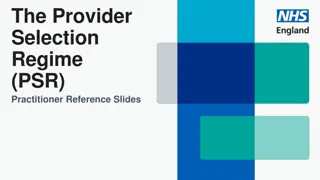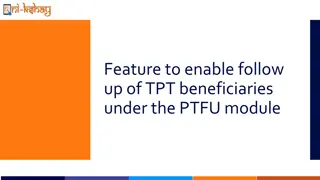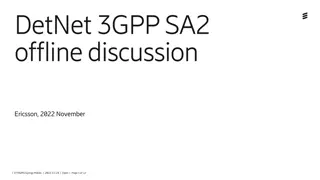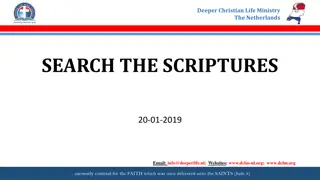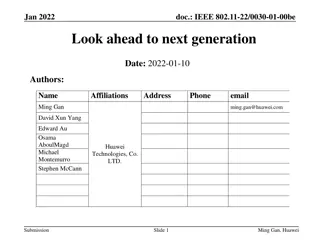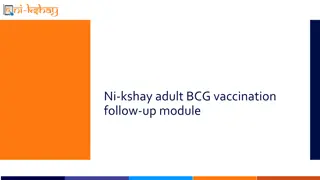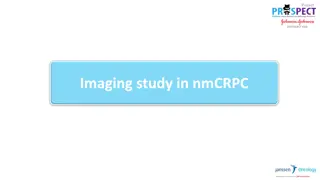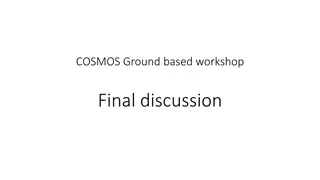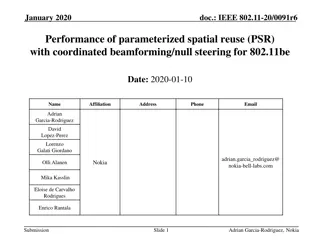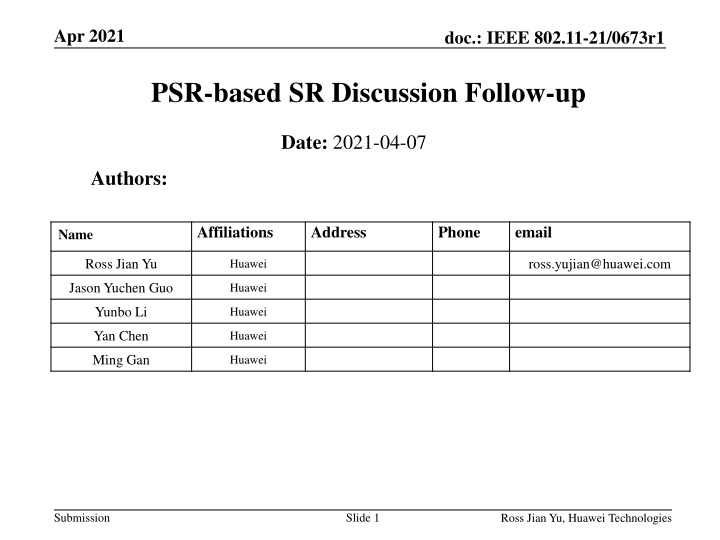
Issues and Solutions in PSR-based SR for IEEE 802.11-21 Standard
Explore the discussions and proposed solutions for PSR-based SR in IEEE 802.11-21/0673r1 document. Topics include normalization concerns, punctured channel issues, and potential solutions for enhancing performance. Dive into the complexities of BW, TxPower, PSR, and more to improve understanding and implementation of PSR-based SR.
Download Presentation

Please find below an Image/Link to download the presentation.
The content on the website is provided AS IS for your information and personal use only. It may not be sold, licensed, or shared on other websites without obtaining consent from the author. If you encounter any issues during the download, it is possible that the publisher has removed the file from their server.
You are allowed to download the files provided on this website for personal or commercial use, subject to the condition that they are used lawfully. All files are the property of their respective owners.
The content on the website is provided AS IS for your information and personal use only. It may not be sold, licensed, or shared on other websites without obtaining consent from the author.
E N D
Presentation Transcript
Apr 2021 doc.: IEEE 802.11-21/0673r1 PSR-based SR Discussion Follow-up Date: 2021-04-07 Authors: Affiliations Address Phone email Name Ross Jian Yu ross.yujian@huawei.com Huawei Jason Yuchen Guo Huawei Yunbo Li Huawei Yan Chen Huawei Ming Gan Huawei Submission Slide 1 Ross Jian Yu, Huawei Technologies
Apr 2021 doc.: IEEE 802.11-21/0673r1 PSR-based SR AP1 STA1 or EHT TB AP2 AP1 AP2 STA2 STA1 STA2 Submission Slide 2 Ross Jian Yu, Huawei Technologies
Apr 2021 doc.: IEEE 802.11-21/0673r1 Background The following SP has passed to solve the normalization issue of PSR SR [1]: Do you agree that: For TxPower_PSRT, PSR, RPL, the normalization is always per 20MHz regardless of the BW field of the EHT TB PPDU? when BW=80MHz, Spatial Reuse 1 field applies to each 20MHz subchannel of the first 40 MHz subband of the 80MHz operating band. Spatial Reuse 2 field applies to each 20MHz subchannel of the second 40 MHz subband of the 80MHz operating band. When BW=160MHz, Spatial Reuse 1 field applies to each 20MHz subchannel of the first 80 MHz subband of the 160MHz operating band. Spatial Reuse 2 field applies to each 20MHz subchannel of the second 80 MHz subband of the 160MHz operating band. When BW=320MHz, Spatial Reuse 1 field applies to each 20MHz subchannel of the first 160 MHz subband of the 320MHz operating band. Spatial Reuse 2 field applies to each 20MHz subchannel of the second 160 MHz subband of the 320MHz operating band. This is for R1, will bring a PDT for P802.11be D0.4 Submission Slide 3 Ross Jian Yu, Huawei Technologies
Apr 2021 doc.: IEEE 802.11-21/0673r1 Further issues regarding PSR SR There are still some issues regarding PSR SR. [2] has proposed two issues: 1. Punctured PSRR PPDU and Punctured PSRT PPDU. More discussions are shown below: BW TxPower PSR MHz BW 10 log 10 log ( ) PSRT PSRR MHz RPL 10 ,20 10 PSRT kth MHz PSRR 20 20 can be rewritten as: BW BW + 10 log + 10 log PSRR MHz PSRT MHz TxPower PSR RPL ,20 10 10 PSRT kth MHz PSRR 20 20 The PPDU_BW determination doesn t account for the punctured channel. If assuming the max possible punctured channel percentage is 50%, then the punctured channels will lead to 3dB+3dB Tx Power increase of the PSRT PPDU. Submission Slide 4 Ross Jian Yu, Huawei Technologies
Apr 2021 doc.: IEEE 802.11-21/0673r1 Further issues regarding PSR SR The punctured channels of PSRT PPDU is known by AP2, which is not a problem. The number of punctured channels of PSRR PPDU is not always known by AP2. Can be known if the PSRR PPDU is an EHT MU PPDU, or an HE MU PPDU (BW=0 to 5), or Non-HT PPDU with static preamble puncturing information in beacon. Potential solution for PSRR PPDU puncturing: Still use PSRR PPDU BW, decrease the Tx Power of PSRT PPDU by 3dB by AP2 (always or if able to identify PSRR PPDU is punctured), or If PSRR PPDU is punctured, decrease the UL PSR value by 3dB by AP1 (3dB more margin). Define all PSR related parameters per 20 MHz, leave normalization to implementation (see more discussion in slide 8-10). AP1 or EHT TB STA1 AP2 STA2 Submission Slide 5 Ross Jian Yu, Huawei Technologies
Apr 2021 doc.: IEEE 802.11-21/0673r1 Further issues regarding PSR SR There are still some issues regarding PSR SR. [2] has proposed two issues: 2. Multiple EHT SRP (ESR) fields within the range of a PSRT PPDU. [2] proposes to use the minimum value of the two ESR fields. PSRR PPDU BW:320-1 BW:320-2 Another issue is discussed as shown below: 3. PSRR PPDU BW and Rx BW of AP2 mismatch. There are two cases: a. PSRR PPDU BW=160 MHz, whilst AP2 is only 80 MHz operating STA. b. PSRR PPDU BW=320 MHz-1, whilst AP2 s BSS is in 320 MHz-2. PSRT PPDU BW:320-1 PSRR PPDU BW:160 PSRT PPDU Need to account for the BW mismatch. BW_PSRR needs to account for preamble puncturing and also the received portion of the PSRR PPDU BW by AP2. Case a, assuming no puncturing, BW_PSRR is 80 MHz. Case b, assuming no puncturing, BW_PSRR is 160 MHz. Case c: define all PSR related parameters per 20 MHz, leave normalization to implementation 4. Also, due to BW mismatch of PSRT PPDU and PSRR PPDU, within some 20 MHz subchannel, there exists no corresponding EHT SRP fields, e.g. when PSRR PPDU is 160 MHz, PSRT PPDU is 320MHz-1, or PSRR PPDU is 320-1 MHz, PSRT PPDU is 320MHz-2. Submission Slide 6 Ross Jian Yu, Huawei Technologies
Apr 2021 doc.: IEEE 802.11-21/0673r1 Summary After we decide the normalization is always per 20MHz, there are still some remaining issues regarding PSR SR: 1a: Puncturing of PSRT PPDU 1b: Puncturing of PSRR PPDU 2: Multiple ESR fields within the range of PSRT PPDU 3: PSRR PPDU BW and Rx BW of AP2 mismatch 4: PSRT PPDU and PSRR PPDU BW mismatch Some potential solutions are discussed: For PSRT PPDU: Normalized by PSRT PPDU effective BW: non-punctured portion of the PSRT PPDU BW For PSRR PPDU: Normalized by PSRR PPDU effective BW: Opt1: within Rx BW of AP2 + non-punctured portion Opt2: within Rx BW of AP2 + decrease the Tx Power of PSRT or PSR value by 3dB Define RPL as dBm/20 MHz, and leave normalization to implementation. Submission Slide 7 Ross Jian Yu, Huawei Technologies
Apr 2021 doc.: IEEE 802.11-21/0673r1 More discussion Considering the preamble puncturing info of PSRR PPDU BW is not known by AP2, and the BW mismatch problem, an alternative way is to following UL power control, define per 20 MHz parameter, and leave the normalization to implementation: 27.3.15.2 Power pre-correction Submission Slide 8 Ross Jian Yu, Huawei Technologies
Apr 2021 doc.: IEEE 802.11-21/0673r1 More discussion Then we have the following PSR related parameters: PSR related Parameter Dimensions (Proposal) Spatial Reuse Field in U-SIG (Also called PSR_INPUT) (Also called PSR/EHT PSR) dBm/20MHz ??????????? or ?????????? dBm/20MHz Acceptable Receiver InterferenceLevelAP? dBm/20MHz RPLPSRR (Received Power Level) dBm/20MHz ??????????? or ?????????? dBm/20MHz TxPower PSR RPL Opt 1: , ,20 ,20 ,20 PSRT kth MHz kth MHz PSRR MHz = TxPower TxPower PSR RPL , ,20 ,20 ,20 PSRT total PSRT kth MHz kth MHz PSRR MHz k k k k is the 20 MHz subchannel index is a set of 20 MHz channels where pre-EHT modulated fields of PSRT PPDU are located. Note: is a normalized value, not changing with k ???????,20??? k 20 z MH ?20??z ????? ,20??? Remaining issue: = PSR1 or PSR2, doesn t exist in some 20 MHz subchannel, e.g. when PSRR PPDU is 160 MHz, PSRT PPDU is 320MHz-1, or PSRR PPDU is 320-1 MHz, PSRT PPDU is 320MHz-2. One potential solution: use min(PSR1, PSR2) for those 20 MHz subchannels Submission Slide 9 Ross Jian Yu, Huawei Technologies
Apr 2021 doc.: IEEE 802.11-21/0673r1 More discussion min( 1, 2) TxPower PSR PSR RPL Opt 2: ,20 ,20 PSRT MHz PSRR MHz = ((min( 1, 2) ) TxPower TxPower PSR PSR RPL , 20 z ,20 20 z ,20 PSRT total MH PSRT MHz MH PSRR MHz is a set of 20 MHz channels where pre-EHT modulated fields of PSRT PPDU are located. 20 z MH Note: all parameters are the same per 20 MHz In Opt1, some 20 MHz subchannel uses PSR1, some 20 MHz subchannel uses PSR2, some 20 MHz subchannel (if PSRT PPDU BW and PSRR PPDU BW mismatch exists) uses min(PSR1, PSR2). In Opt2, always uses min(PSR1, PSR2). ???????????,????? of Opt 1 is larger or equal to Opt2 Submission Slide 10 Ross Jian Yu, Huawei Technologies
Apr 2021 doc.: IEEE 802.11-21/0673r1 Straw Poll #1 Do you agree that the following problems need to be considered for PSR SR: Issue 1a: Puncturing of PSRT PPDU Issue 1b: Puncturing of PSRR PPDU Issue 2: Multiple ESR fields Issue 3: PSRR PPDU BW and Rx BW of AP2 mismatch Issue 4: PSRT PPDU and PSRR PPDU BW mismatch Submission Slide 11 Ross Jian Yu, Huawei Technologies
Apr 2021 doc.: IEEE 802.11-21/0673r1 References 1. https://mentor.ieee.org/802.11/dcn/21/11-21-0269-01-00be-psr-based-sr- normalization-discussion.pptx 2. https://mentor.ieee.org/802.11/dcn/21/11-21-0601-00-00be-discussion-on- spatial-reuse-issues.pptx Submission Slide 12 Ross Jian Yu, Huawei Technologies


